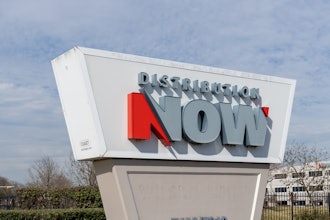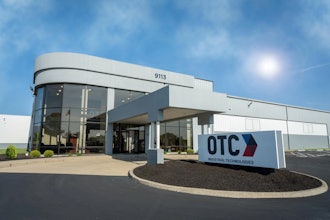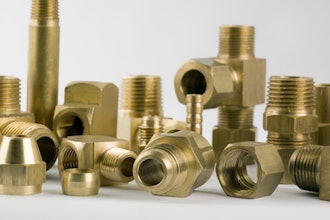
HOUSTON — NOW Inc.’s U.S. subsidiary DistributionNOW, No. 12 on Industrial Distribution's 2016 Big 50 List, has announced distributorship agreements to strengthen its upstream pumping, valve and actuation product lines.
The company has just entered into an OEM valve automation packaging agreement with Rotork Controls for their flow control products, which includes actuators, gearboxes, valve accessories and instrumentation and control, for both domestic and international projects. This is an extension of the existing distribution agreement the company has in Canada for these Rotork products. This, along with the global Enterprise Distributor Program (EDP) the company has in place with Schlumberger for its Cameron engineered and distributed valve product lines, allows its customers full access to the Cameron valve line and Rotork actuation and controls.
The company has also entered into a distributorship agreement with Schlumberger for the exclusive right to distribute Schlumberger’s Reda HPS Pumps and certain related parts in 15 states across the U.S.. Schlumberger will provide technical support for these products as part of this collaboration.
Robert Workman, President and CEO of NOW Inc. remarked, “We are very excited about these new partnerships for these products. This further demonstrates DistributionNOW’s commitment to its customers and the market by offering solutions from world renowned brands like Schlumberger’s Reda pumps, Cameron valves and Rotork Controls. In addition to expanding our Total Valve Solutions (TVS) with the Cameron and Rotork offerings to our customers worldwide, we believe the Reda agreement, combined with our current distribution rights for National Oilwell Varco and Flowserve pumps, will enable DistributionNOW to provide unparalleled pump product coverage, saltwater disposals and waterflood projects in all of the major shale plays throughout the central U.S., especially in the Permian where activity has increased the most. We have the unique position to represent these world class products in the most prevalent oil plays in the U.S.”






















